Many of us feel a strong connection with nature. And art can help us communicate that feeling of connection.
Whether it’s an admiration for the expanse of the great outdoors, an appreciation of nature’s textural details, or an exploration of the constant states of change in the environment around us.
From mixed media works to bold sculptures and exquisite embroideries, textile artists Marian Jazmik, Ava Roth, Hannah Streefkerk, Helen Wilde, Yvette Phillips, Olga Prinku and Tina Marais all share their passion and respect for nature through their art.
Their work draws on organic shapes and natural texture and is inspired by all sorts of favourite flora and fauna, whether it’s birds, bees, flowers or lichen. We asked our featured artists about one of their artworks, to find out a little more about their process and how nature inspires them.
Yvette Phillips
Birds are irresistible to Yvette Phillips. Not only are birds beautiful, but it’s their symbolism and embodiment of freedom and grace that attracts her.
The rare chalk streams found around Yvette’s home village of Blewbury in Oxfordshire, UK, are home to a wide variety of interesting birds, such as Little Egrets, herons, ducks and kingfishers. There are even a couple of peacocks living in her village. It’s the bizarre but graceful appearance of peacocks that makes them a particular obsession.
Collected vintage textiles inspire Yvette’s art, including curtains, clothes and table linen. She loves the idea of giving vintage materials a new life.
Often inspired by a particular piece of fabric, she searches for the perfect match of a bird or animal. But sometimes she’s keen to embroider a specific bird and has to wait for the right background fabric to materialise before she can begin.
For her Pink Peacock artwork, Yvette started with a beautiful piece of 1960s Sanderson fabric with a modernist painterly pattern. The feathery details were added using long and short stitches, and french knots. Although Yvette uses a sketchbook to work out the design, the colours weren’t totally pre-planned – she allowed them to emerge organically while stitching.
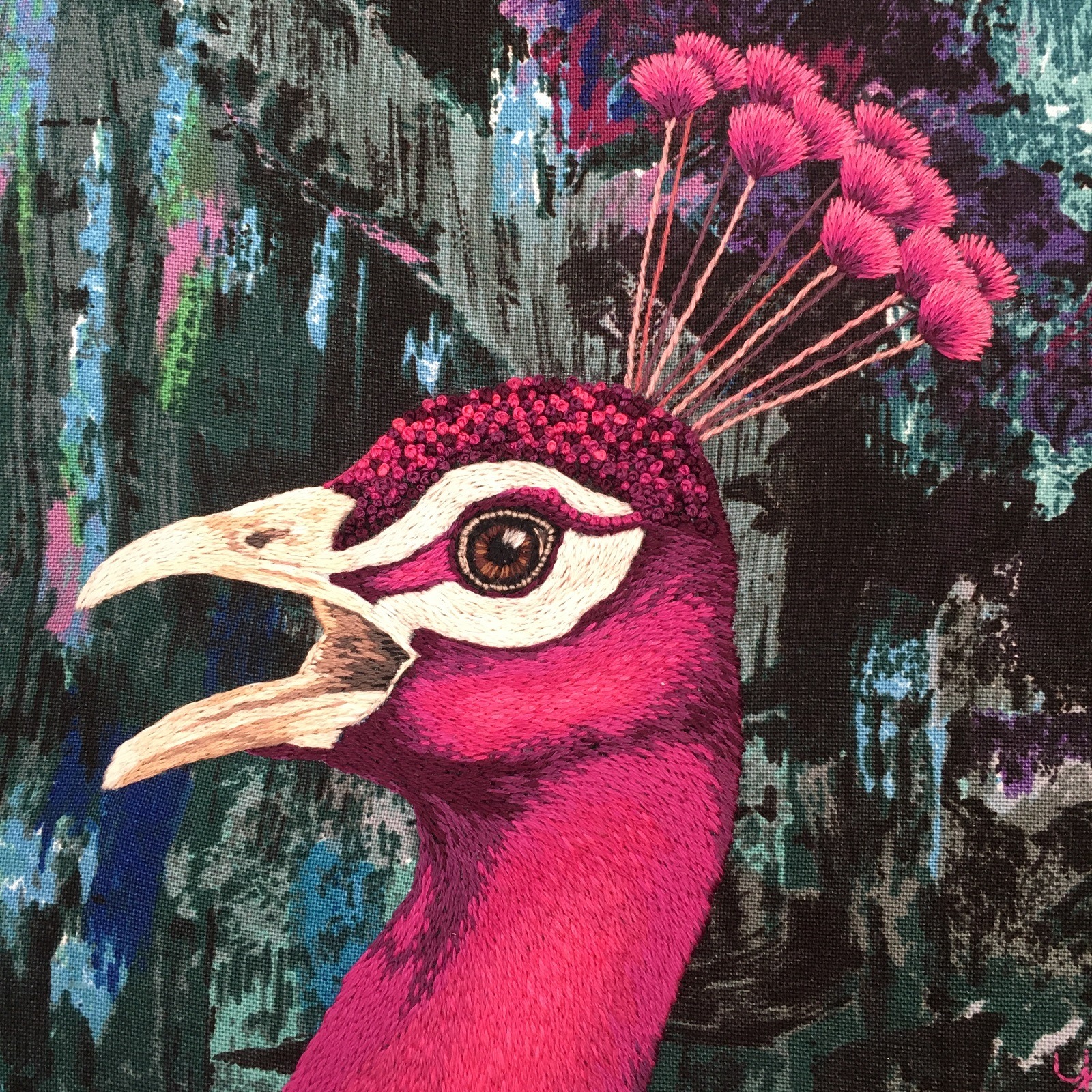
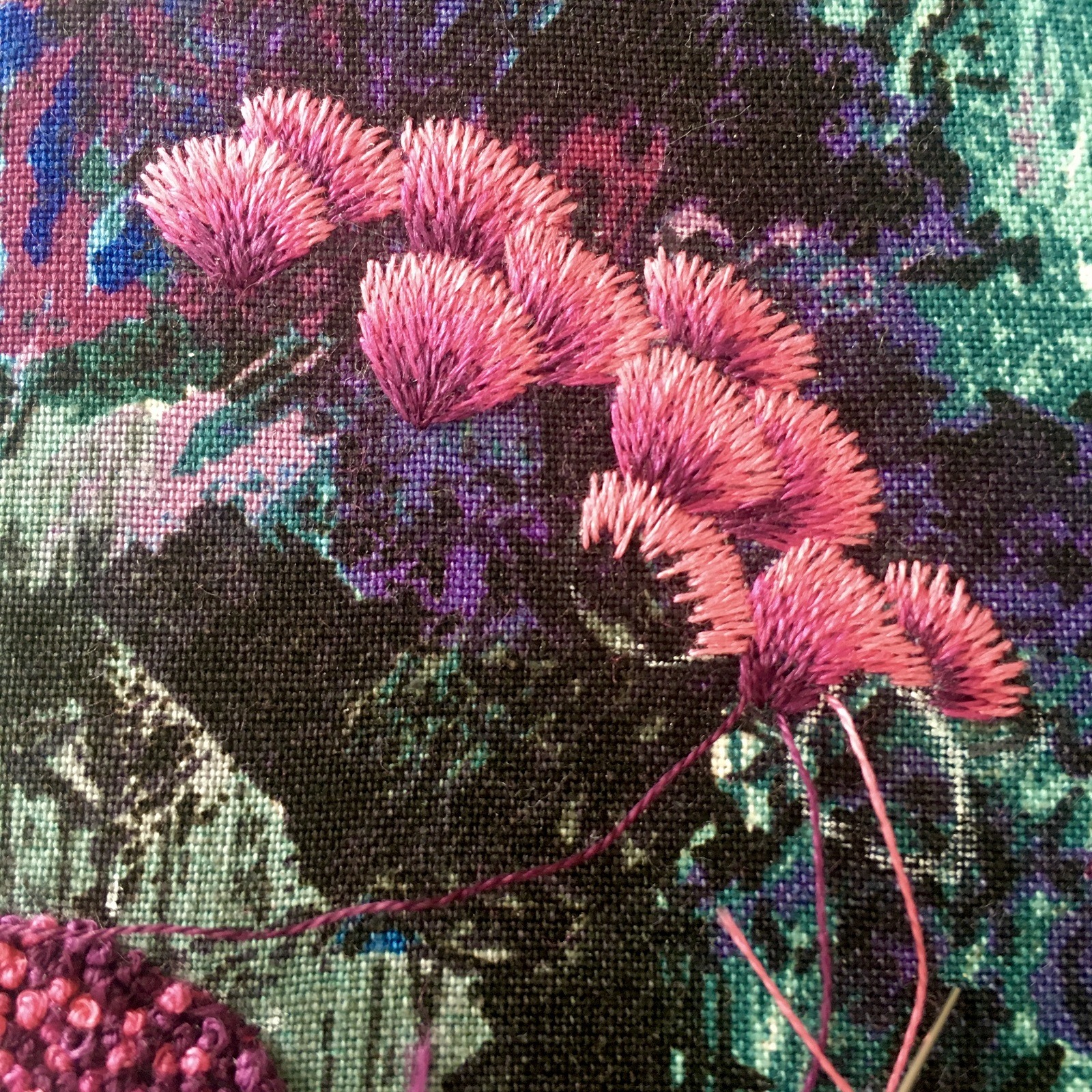
Capturing characters
Her workspace sounds idyllic. It overlooks her back garden and the village church, and from here she can watch all the visiting birds while she works, observing their characterful, busy identities.
And when she creates a bird embroidery, to capture some of the bird’s personality, she always starts by embroidering the eyes first.
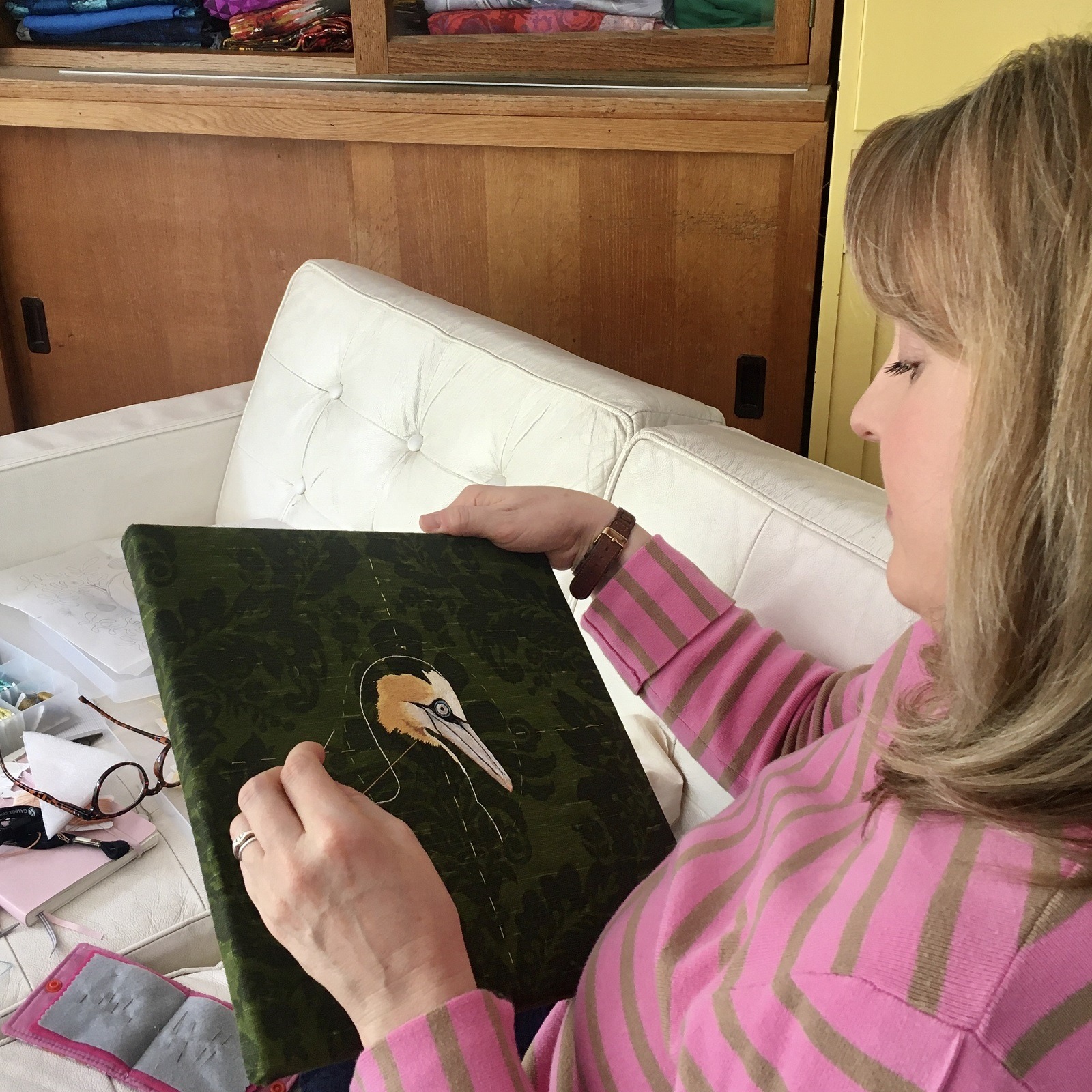
Yvette Phillips is passionate about using only vintage fabrics and lots of vintage threads. Her artworks, ranging from large textile collages to smaller hand embroideries, features mostly birds and small mammals. Her work Little Egret was shown at the Broderers’ Exhibition: The Art of Embroidery, at Bankside Gallery, in 2022. Yvette is a member of the Oxford Art Society, the Society for Embroidered Work, The Embroiderers’ Guild and Modern Makers Collective.
Artist website: www.yvettephillipsart.com
Facebook: facebook.com/yvettephillipsart/
Instagram: @yvettephillips_art
Tina Marais
Products, raw materials and waste are creating pathways across global landscapes and oceans. In her work L’ecoulement, Tina Marais wanted to express her feelings of overwhelm when considering this flux of materials.
She achieved this by creating a flow and interconnection between the various recycled materials and elements she used.
Tina lets the materials themselves guide her into the forms that they want to assume. The meditative repetition of hand stitching or beadwork is an important part of her process. She devised a way to sew the small, bead-like, metal rollers from the inside of old VHS cassette tapes.
She explains: ‘They were open on one side, and the threads kept slipping… In the end pliers and patience was the only solution.’

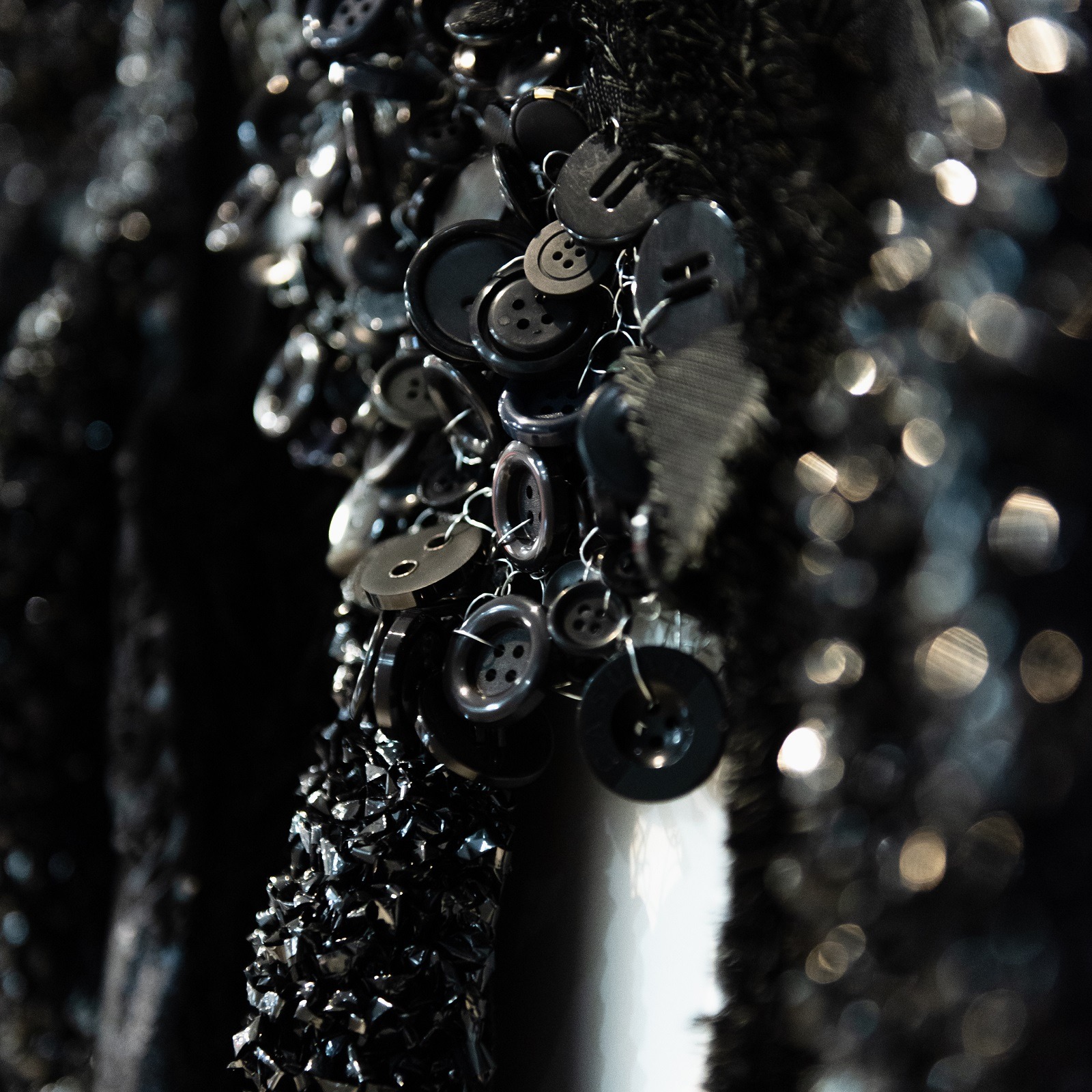
Reclaimed textural elements
Tina’s abstract creations grow from her fascination with organic elements and sculptural forms in nature, and the ever-changing realities of nature and humanity, from growth to decay.
Ideas surrounding ecology, travel and displacement, deconstruction and rebuilding are all undercurrent themes of her work.
Using natural and synthetic fibres, her sculptural forms echo organic organisms and systems, cellular mutations and elements of tactile memories.
Tina’s tactile surfaces always include a variety of gathered objects. This mix of textiles and reclaimed elements is deliberate, as it allows her to reflect on the impact of the textile industry and consumerism on the environment.
As texture is her obsession, Tina often creates monochrome pieces, so as not to distract the viewer with colour. This makes her artworks all the more powerful.
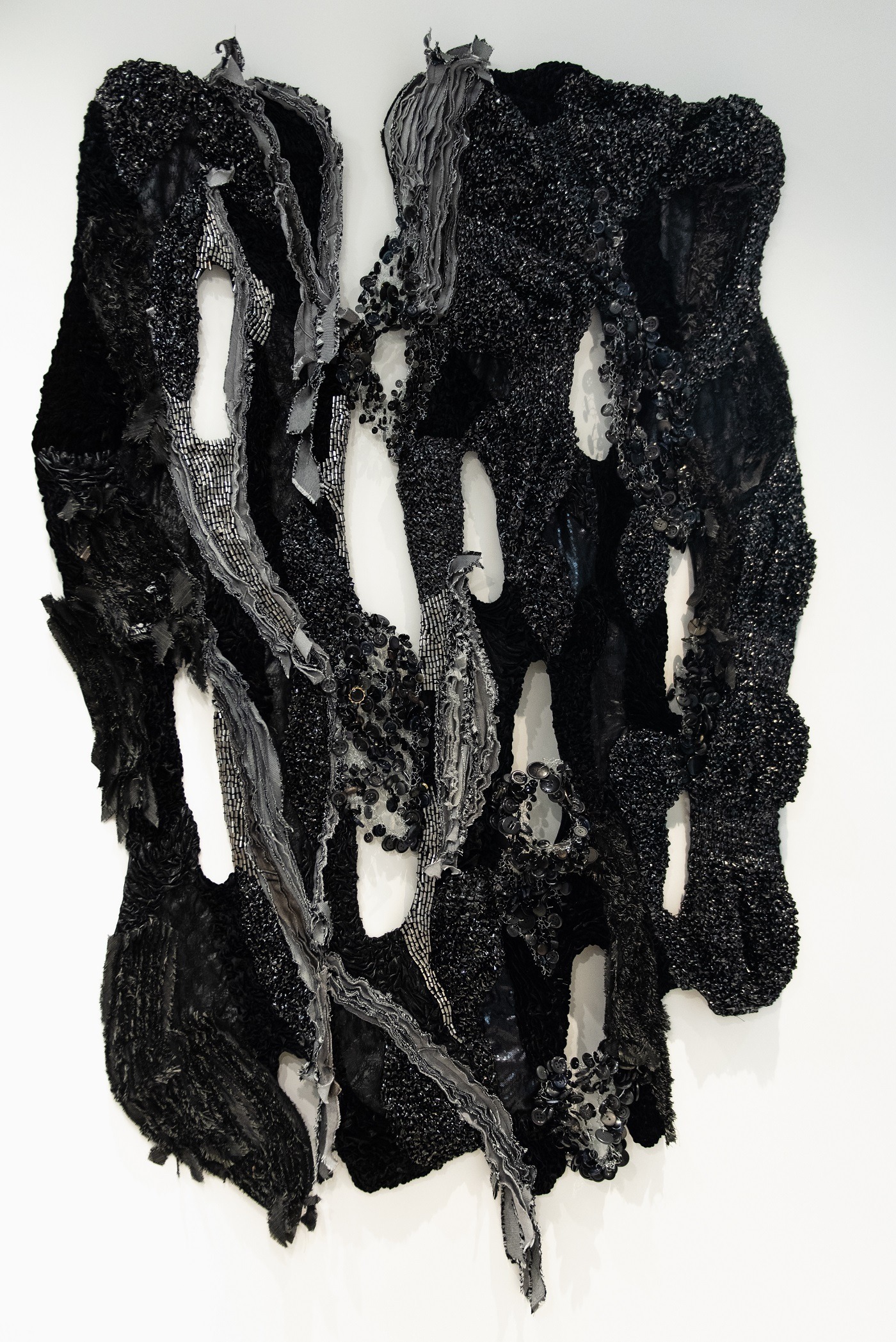
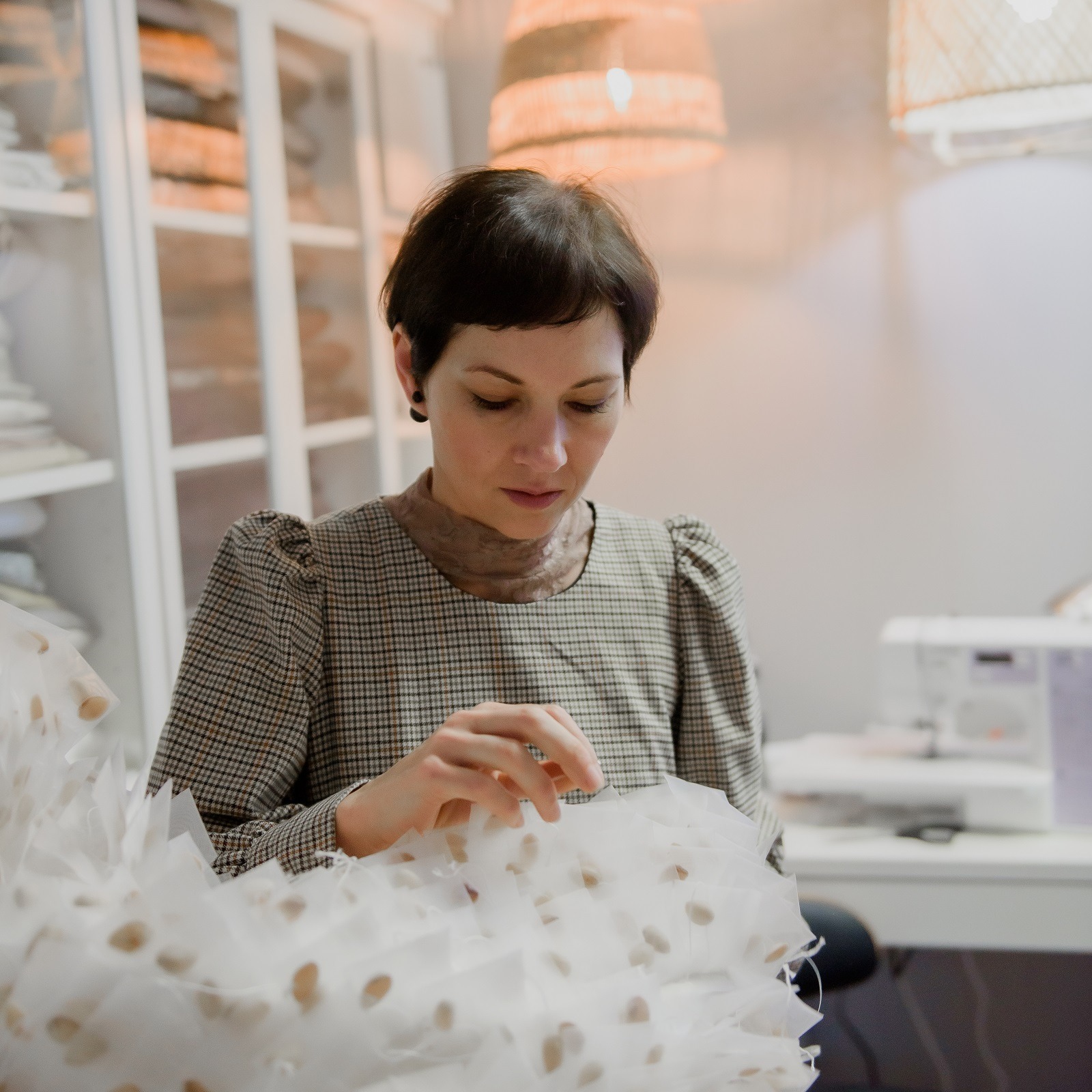
Tina Marais is based in Montreal, Canada. She was invited to exhibit at the BIEN biennale in Slovenia (2021), and at Material Thinking (2022), China’s first International Contemporary Material Art Biennale. She is a recipient of grants from Canada Council for the Arts and Conseil des Arts et lettres du Québec, among others. In 2019, Tina was awarded the Dora and Avi Morrow Fellowship for Excellent Achievement in Visual Arts, and she is completing her MFA at Concordia University.
Artist website: www.tinamarais.com
Facebook: facebook.com/T.S.Couturier
Instagram: @tina.marais
Olga Prinku
Olga Prinku’s delicate and innovative technique weaves collected flowers into tulle fabric. Dried and preserved flowers, foliage, grasses, seed heads and berries all feature in her work. These organic materials become her thread.
While working out her process, Olga started to view nature through new hyper-observant eyes – noticing flowers that might be considered weeds, or seed heads that might often be prevented from forming when the gardener deadheads blooms.
Stitching with flowers
The goal was to create an abstract summer meadow, tightly packed with flowers and textures. Olga worked with longer stems than she would normally use. The stems become part of the design, forming a woven texture.
Woven Meadow is a large work – the hoop is 90cm (35½”) in diameter. Olga had worked large-scale before, for her work Gardened Wall, but using a more open net fabric with much larger holes, rather than fine tulle. Her first task was to check she could reach the centre of the hoop.
Her choice of bright, cheerful flowers included Helichrysum, Helipterum, Gomphrena, Lonas, with a backdrop of green oats to suggest the grass element of a meadow.
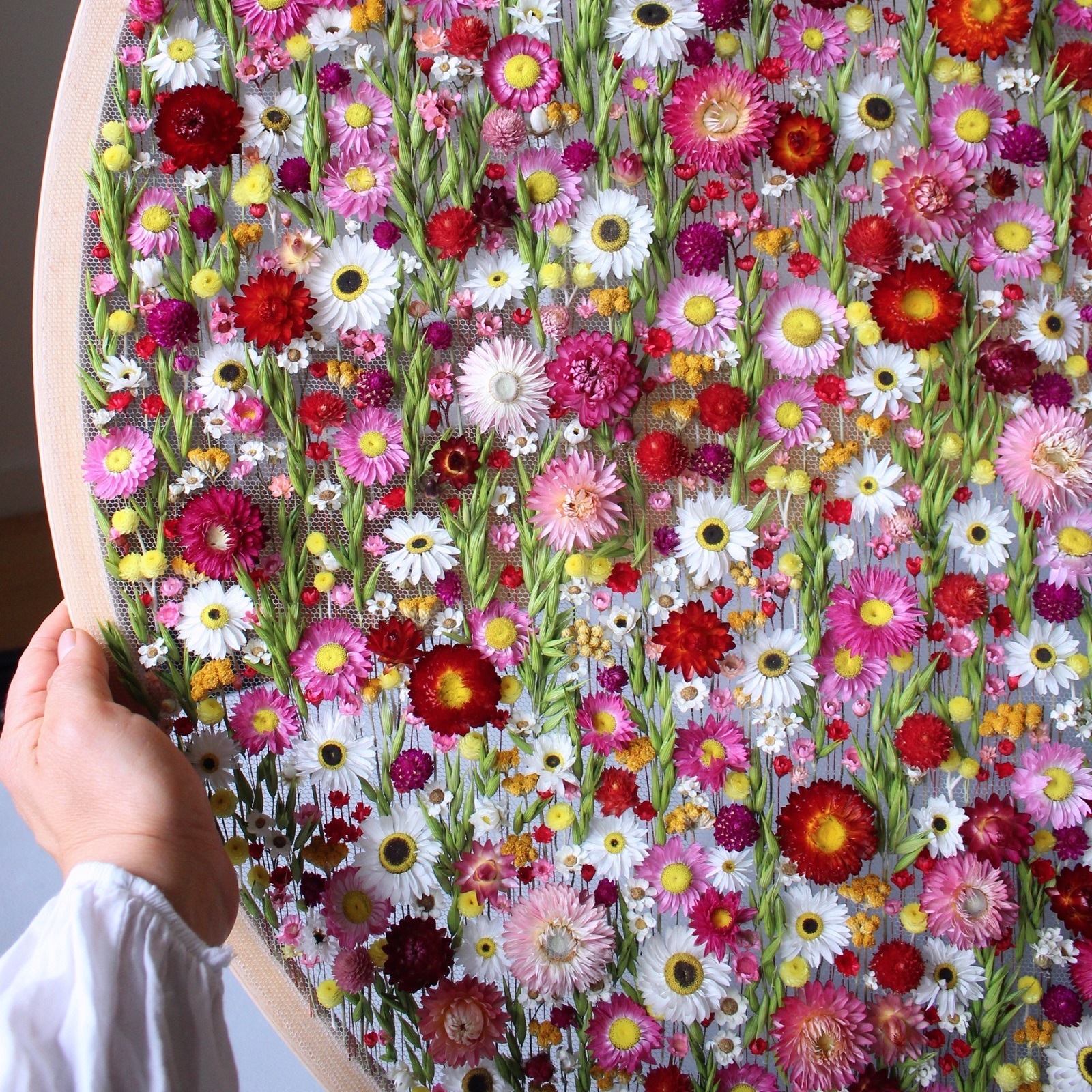
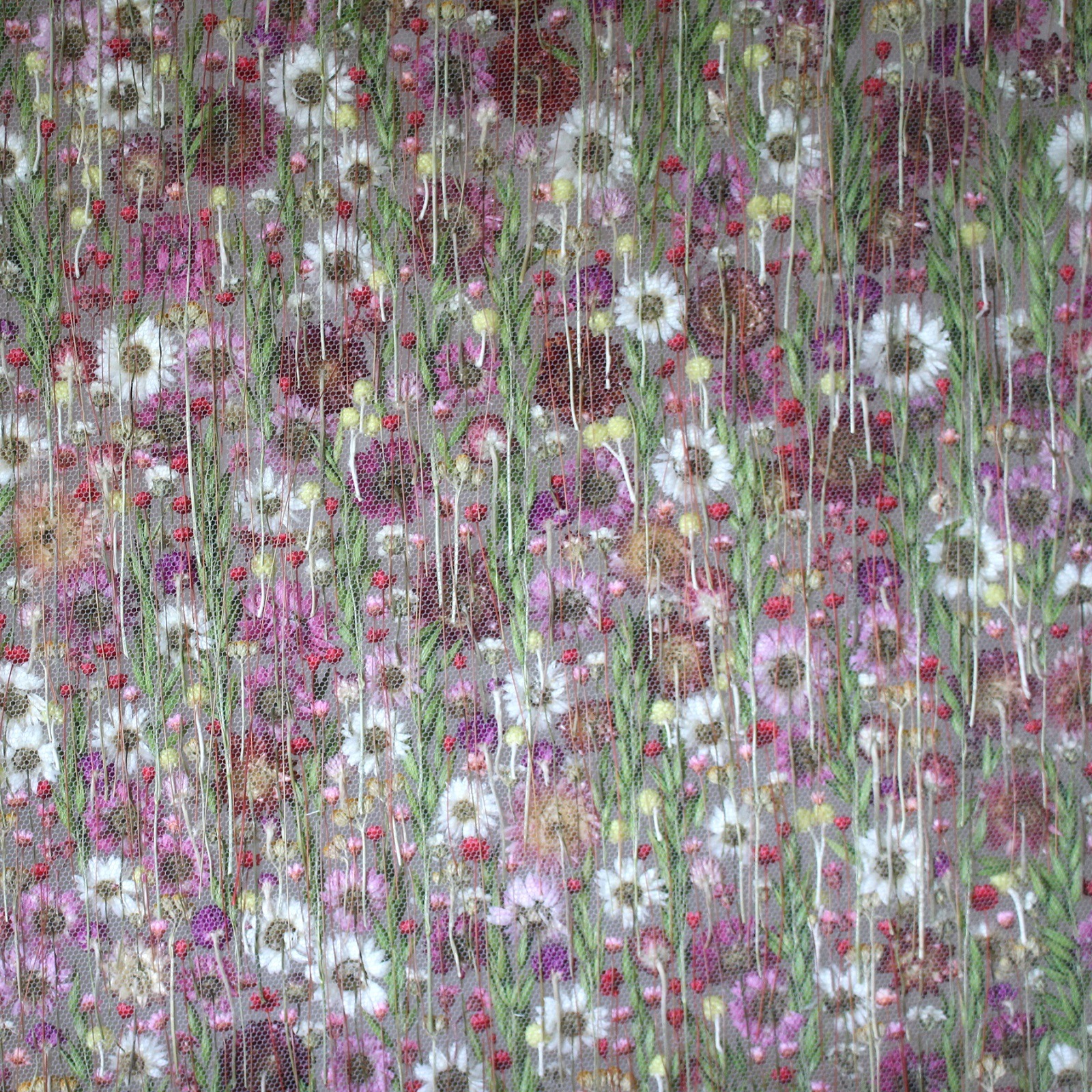
Through her work, Olga has become more attuned to nature’s colours and textures, its lifecycle processes and seasonal changes. Woven Meadow is inspired by the bright and vibrant colours of an English summer meadow.
It can be challenging to combine natural materials with the tulle fabric, but her aim is always to pay homage to the beauty of nature, while adding a new dimension.
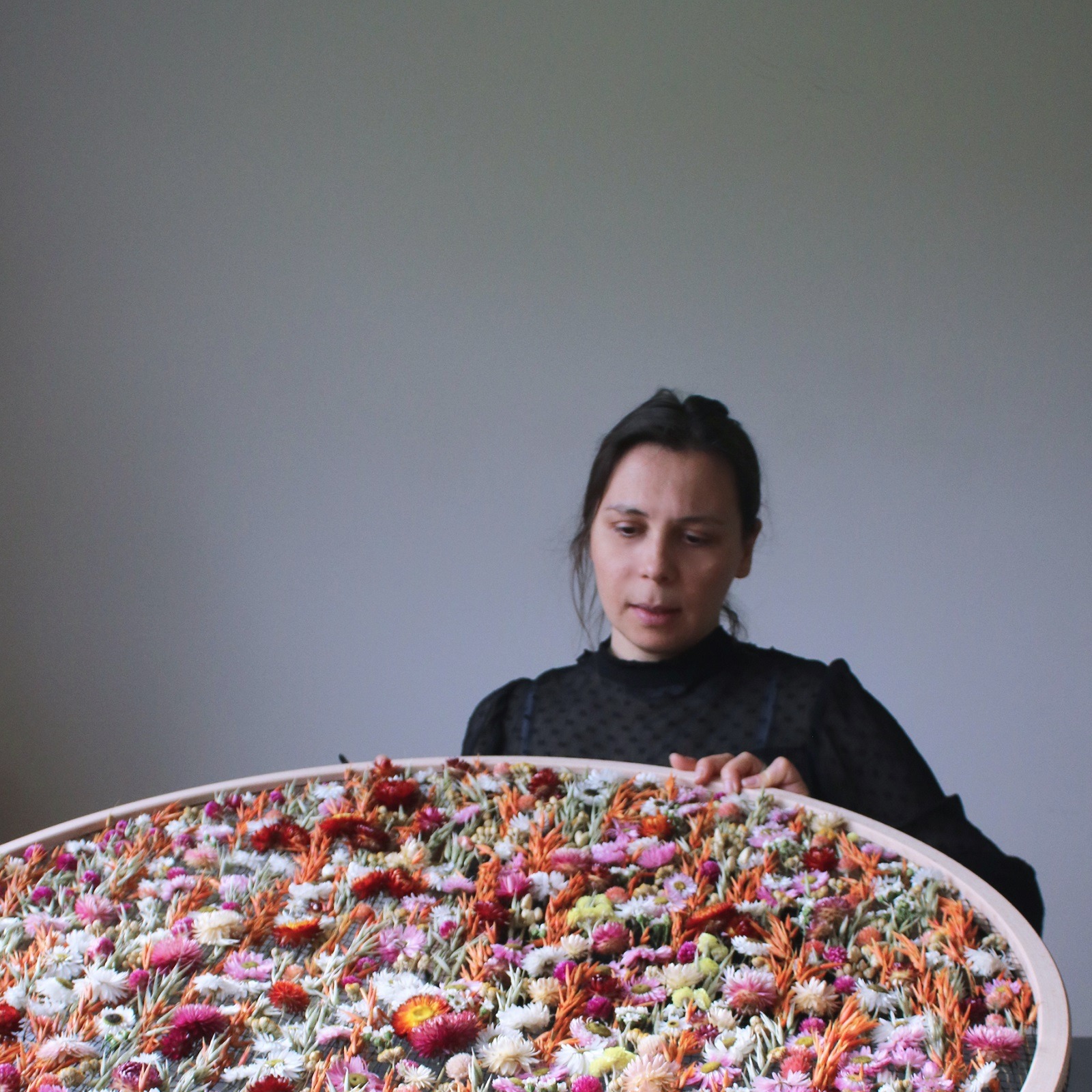
Olga Prinku is an embroidery artist who uses real organic material as her thread. Olga’s book Dried Flower Embroidery: An Introduction to the Art of Flowers on Tulle was published by Quadrille in 2021. She’s originally from the Republic of Moldova, and some of her work draws on the country’s traditional folklore motifs. She now lives in North Yorkshire, UK, and takes her inspiration from nature on long walks in the local countryside.
Artist website: www.prinku.com
Facebook: facebook.com/driedflowerembroidery
Instagram: @olgaprinku
Marian Jazmik
Marian Jazmik makes sure she takes a smartphone on her nature walks. She uses it to capture interesting textural details found in nature, using macro-style, ultra close-up photos, which she uses to inspire her work.
Photographs of plants, cacti, shrubs and decaying foliage were the inspiration for her Stems and Stalks series. Marian’s plan at the outset was to make a sculpture based on a basic stem shape. This influenced the semi-tubular base structure.
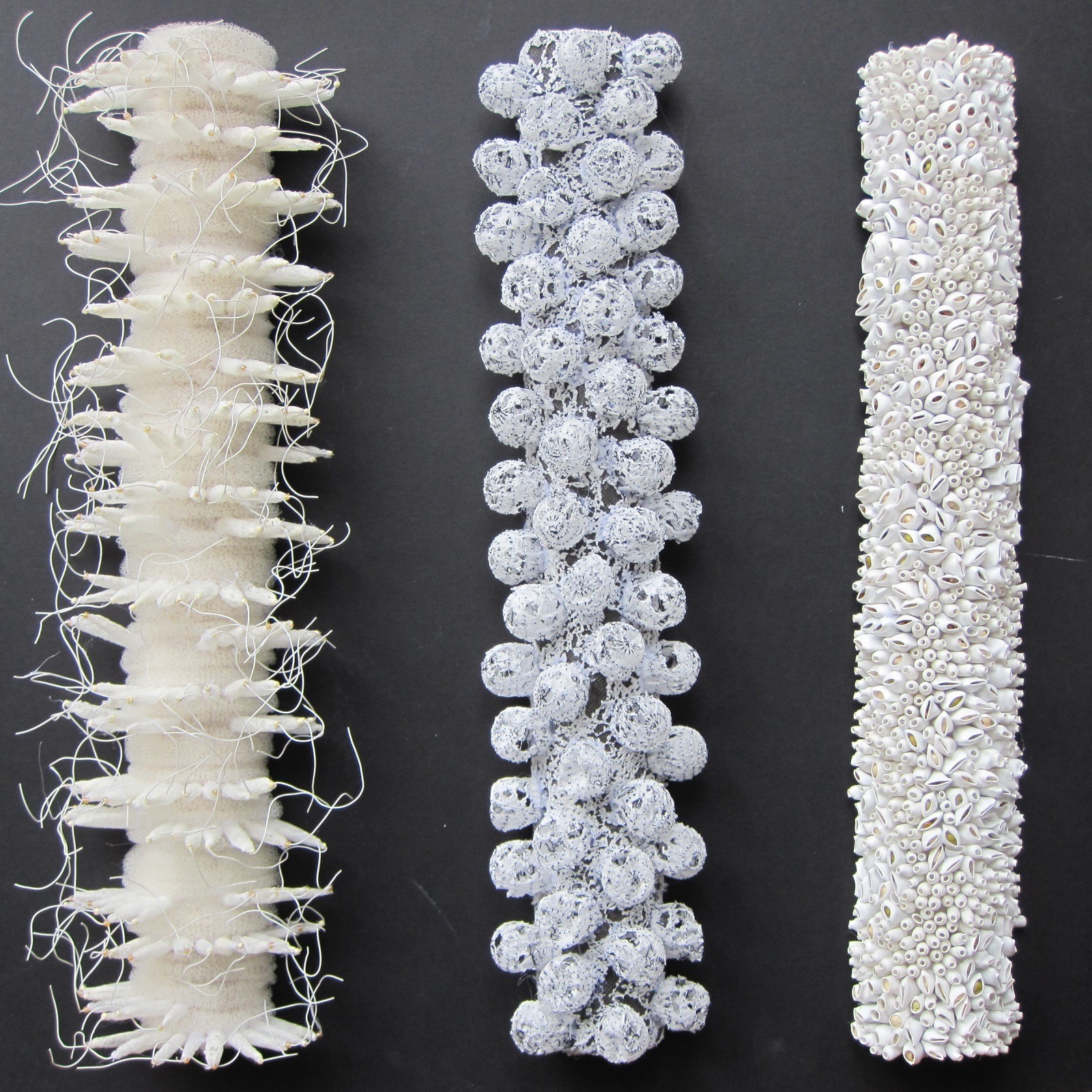
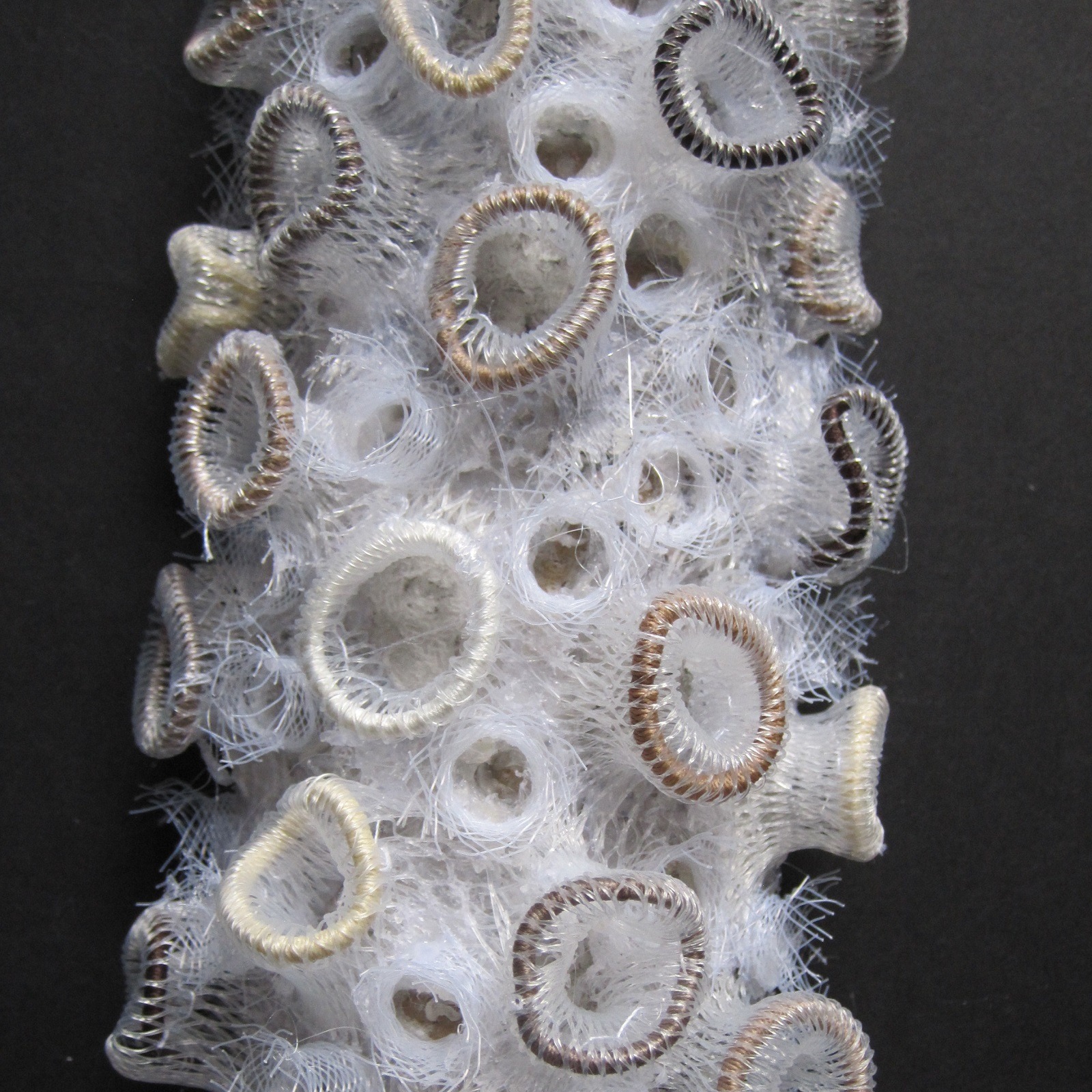
Heat treatments & manipulation
Marian manipulates, constructs and deconstructs materials to make her work, including mixed waste objects otherwise destined for landfill. She strives to reuse, recycle and repurpose plastics, packaging, wires and DIY products.
Heat treatments allow her to distort and manipulate components and create exciting textural surfaces. Experimentation and evolution are important features of her process.
Marian prefers to follow the creative journey wherever it takes her, working spontaneously, without any pre-planned destination.
Starting with layers of previously dyed synthetic fabrics, along with some free-machine embroidery, Marian moved on to use a variety of heat treatments on the fabric.
She used a hot air gun, a soldering iron or a naked flame to distort, reveal and manipulate the new fabric (while wearing a respirator mask for health and safety reasons).
Marian incorporated a mix of materials including electrical shrink cable protector, wires, cotton ear buds, buttons, horsehair, hair bobbles, flowers head protectors, curtain header tape, plastic tubing, DIY products, and more.
The work grew into a whole series of stem sculptures, all with exciting, larger-than-life interpretations of natural textures.
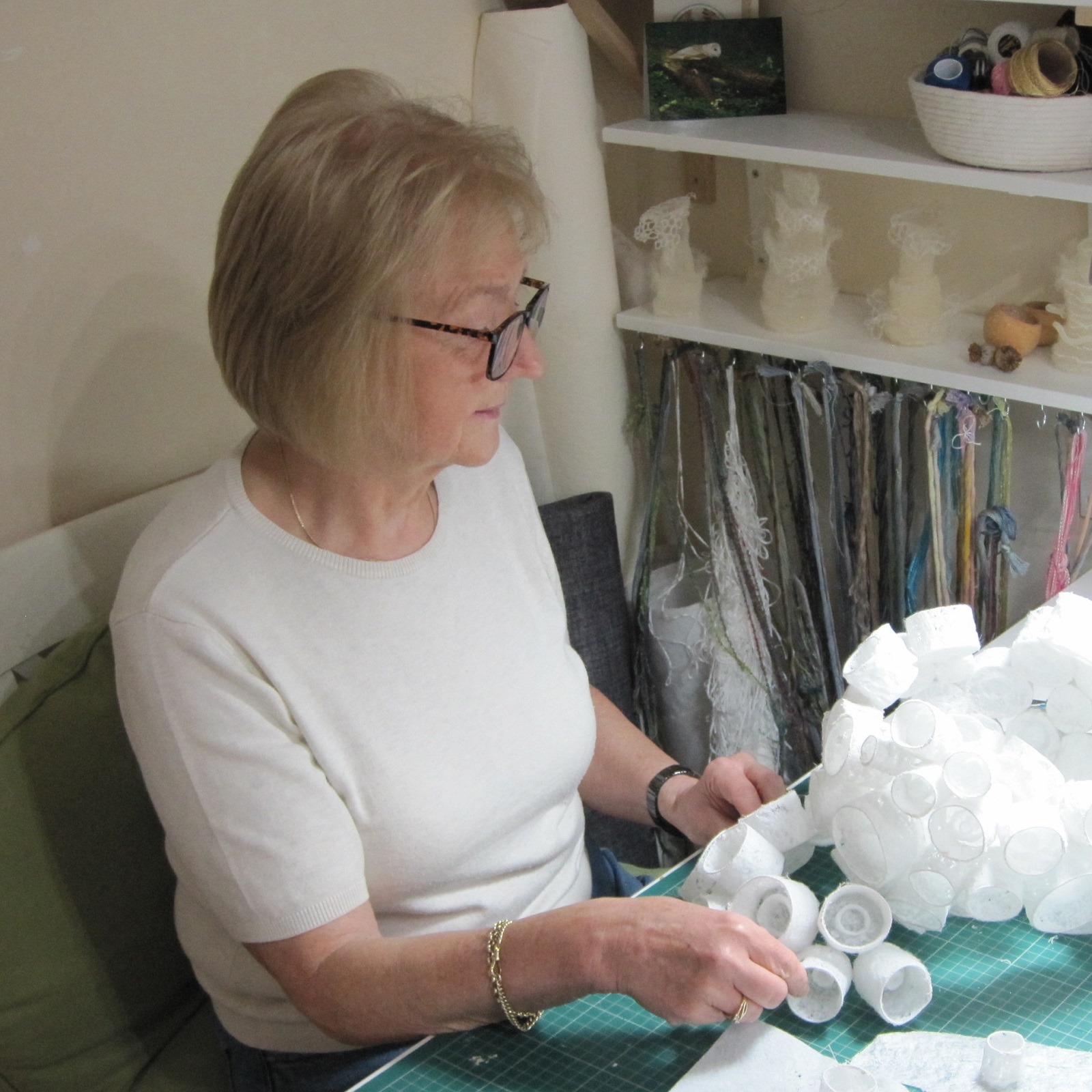
Marian Jazmik is based in the village of Egerton, Lancashire, UK. Her abstract textile art is inspired by the shapes and textures of the natural environment, captured initially by her ‘macro-style’ photography. She is the author of Textures from Nature in Textile Art (Batsford, 2021).
Artist website: www.marianjazmik.co.uk
Instagram: @marian_jazmik_textile_art
Helen Wilde
Helen Wilde’s work directly mirrors her home environment, with a particular focus on her garden.
Kiss My Petals, Weave Me Through A Dream was started during the Covid lockdown period. During this extended period at home, Helen decided to redesign her garden, filling it with as much colour and texture as she could. The flower borders were a stunning explosion of every shade of pink, contrasting with the green foliage.
Helen wanted to create a lasting reminder of the garden, so she turned to mixed media and stitch.
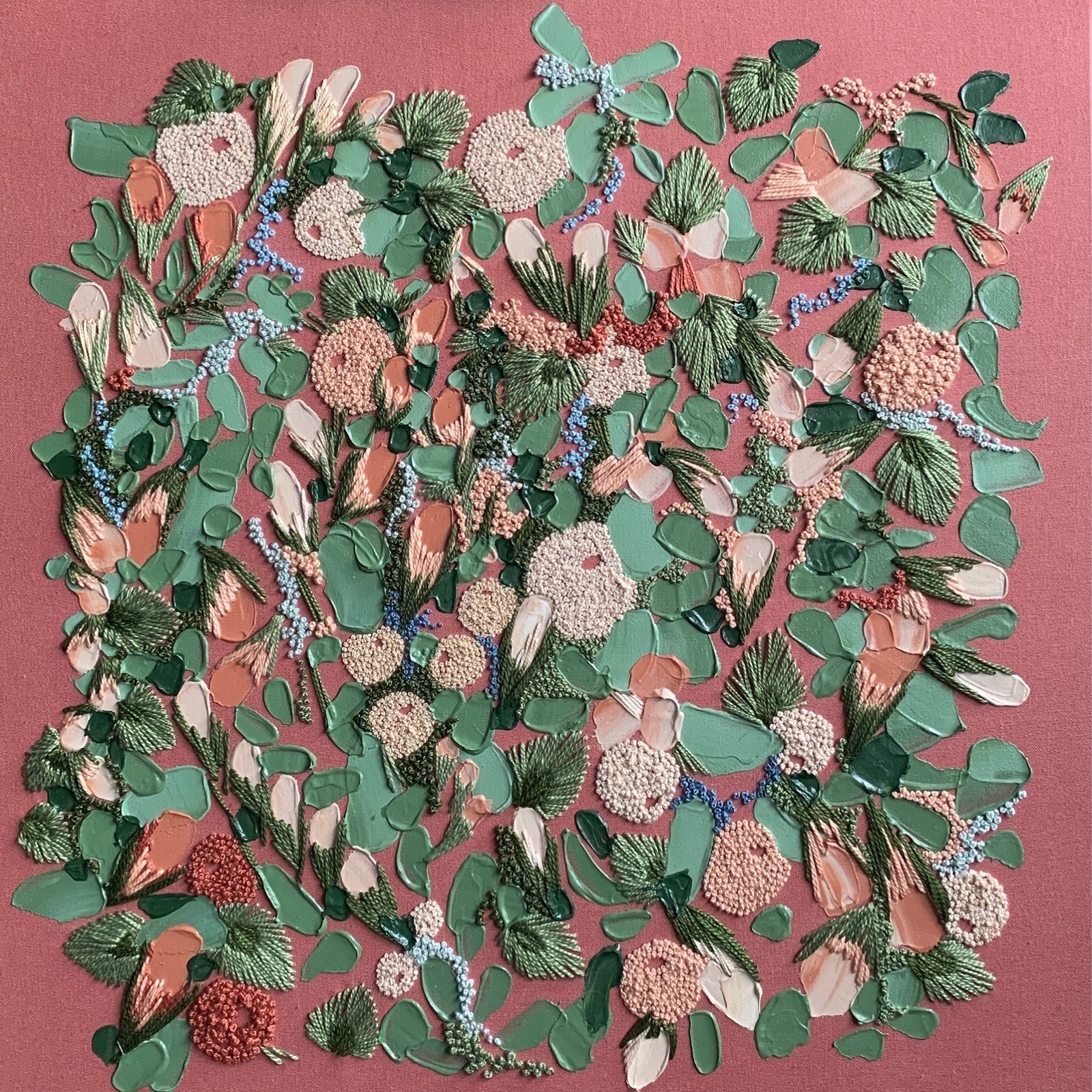
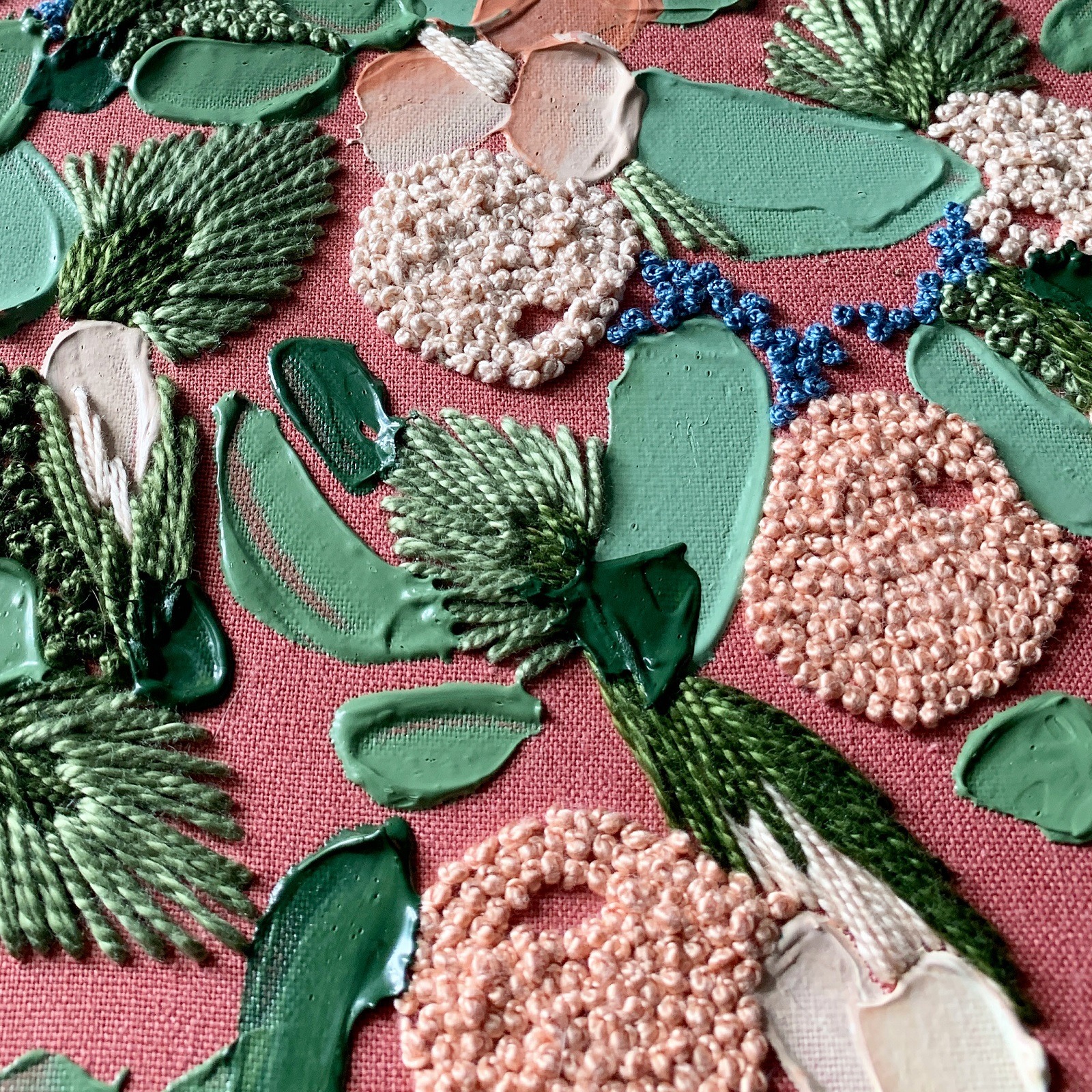
Layers of mixed media texture
Helen’s process always starts with the painting stage. She patiently builds layers of colour, using a palette knife loaded with an artist acrylic mix to create texture and movement.
And for the stitches, her favourite choice of thread is a thick perle cotton. The colours for this work were directly influenced by the profusion of foxgloves, poppies and dahlias in her garden.
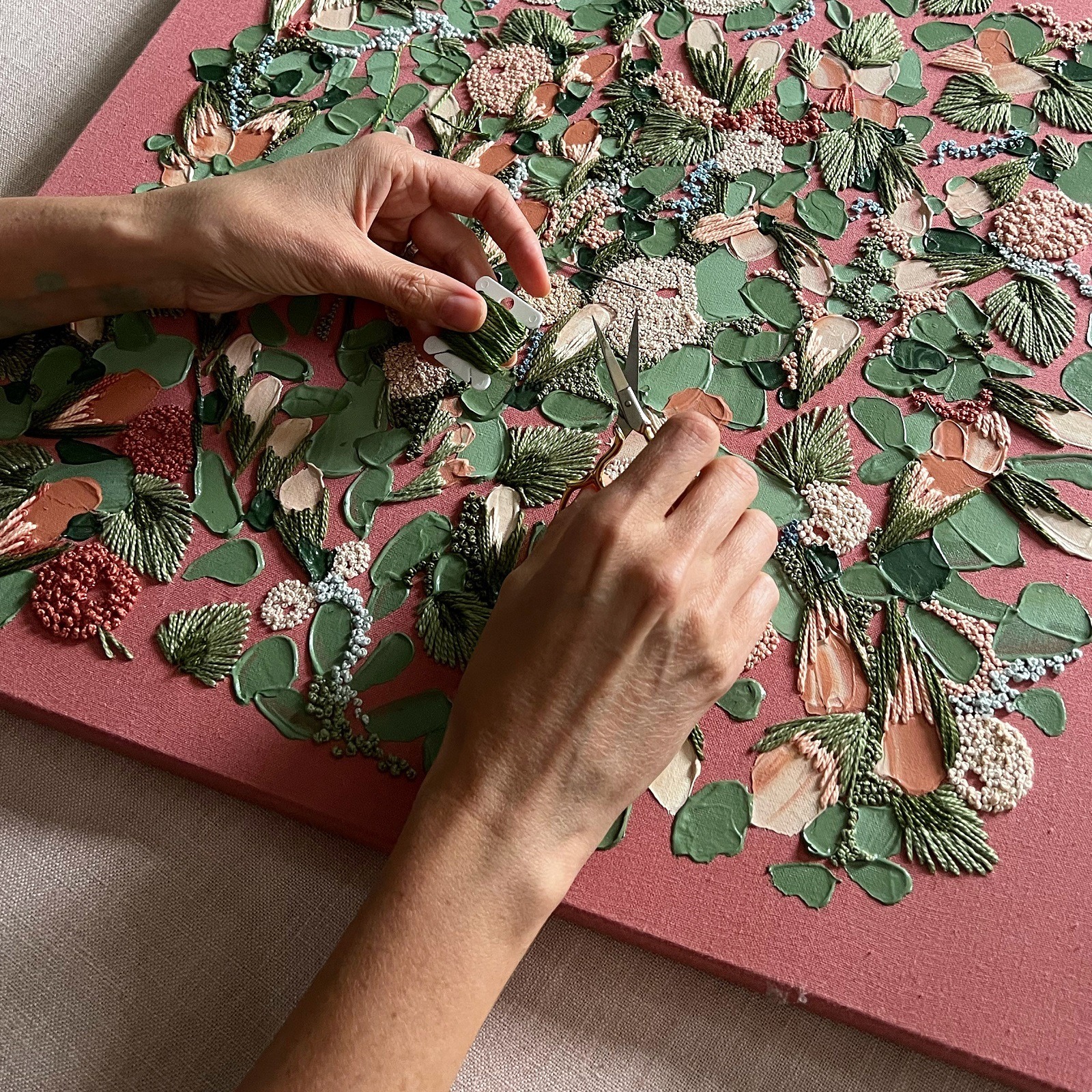
Helen Wilde is based in Derbyshire, UK. Her painted and hand stitched work aims to reflect the natural world while remaining firmly in the realms of imagination, using texture and colour to produce botanical landscapes, using yarns, acrylic art paints and silks. Helen’s artwork has been exhibited in Nahcotta Gallery, US, and she was featured in an article about modern textile artists by Elle Decoration magazine in the UK.
Artist website: www.ovobloom.com
Facebook: facebook.com/ovobloom/
Instagram: @ovobloom
Hannah Streefkerk
The patterns, processes and secrets of nature are what inspired the late artist Hannah Streefkerk. Big, expansive landscapes can be overwhelming, so she preferred to focus on the small details to help her understand her surroundings.
Hannah had a particular passion for lichen, and how it exists as a symbiotic mix of fungi with algae or cyanobacteria. She liked to imagine people living in a more symbiotic way with our environment, and how that might impact the world.
Spotted was created for an outdoor exhibition in the dunes of the island Ameland in the Netherlands, and featured the work of ten artists. This island felt comforting and safe to Hannah, and she wanted to focus on the lichen found hiding amongst the grass.
Lichens are small and grow slowly, contrasting with our bold and busy human lifestyles. Embroidery and crochet became the obvious choice of slow techniques to represent lichens.
Working with fabric circles of different sizes, Hannah filled them with embroidered and crocheted lichen shapes, keeping the colours of the lichen and the dune landscape in her mind as she worked.
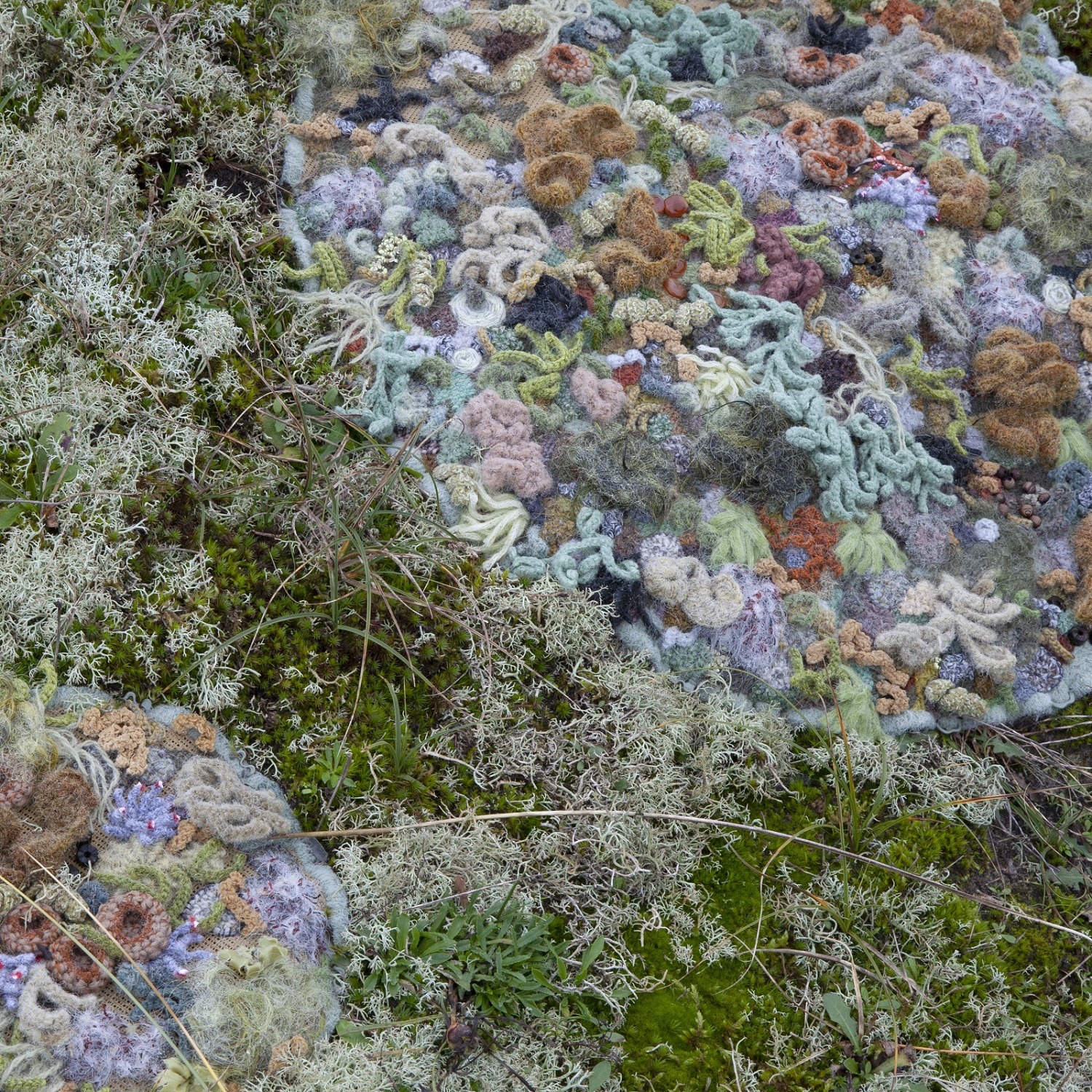
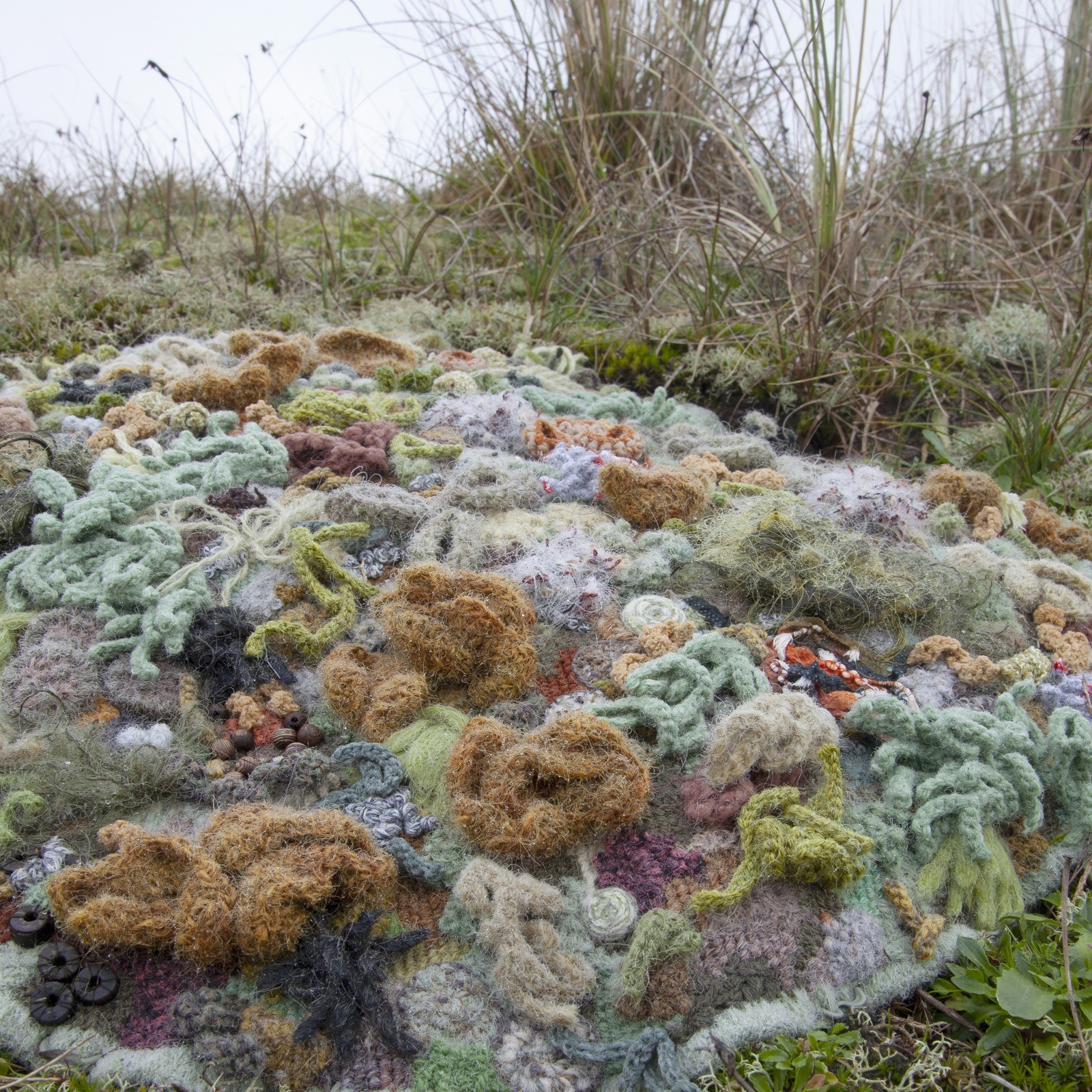
Lichen in the landscape
For this work, Hannah wanted the textiles to become part of the landscape, to melt in, forcing visitors to open their eyes and observe.
The title of the work referred to when you put a spotlight on something – in this case highlighting the lichen’s struggle for existence. Hannah used all kinds of yarns, as long as they had the right texture and appearance to represent the lichen varieties hunkered down in the landscape.
Using a small-scale technique in an outdoor landscape setting was a challenge. Hannah set out the ambitious target of constructing 40 circles of ‘lichen’, managing to complete 13 circles in time for the exhibition, which was enough for viewers to understand the concept.
She embedded them in the landscape, placed next to a walking trail that connected all the artworks in the exhibition.
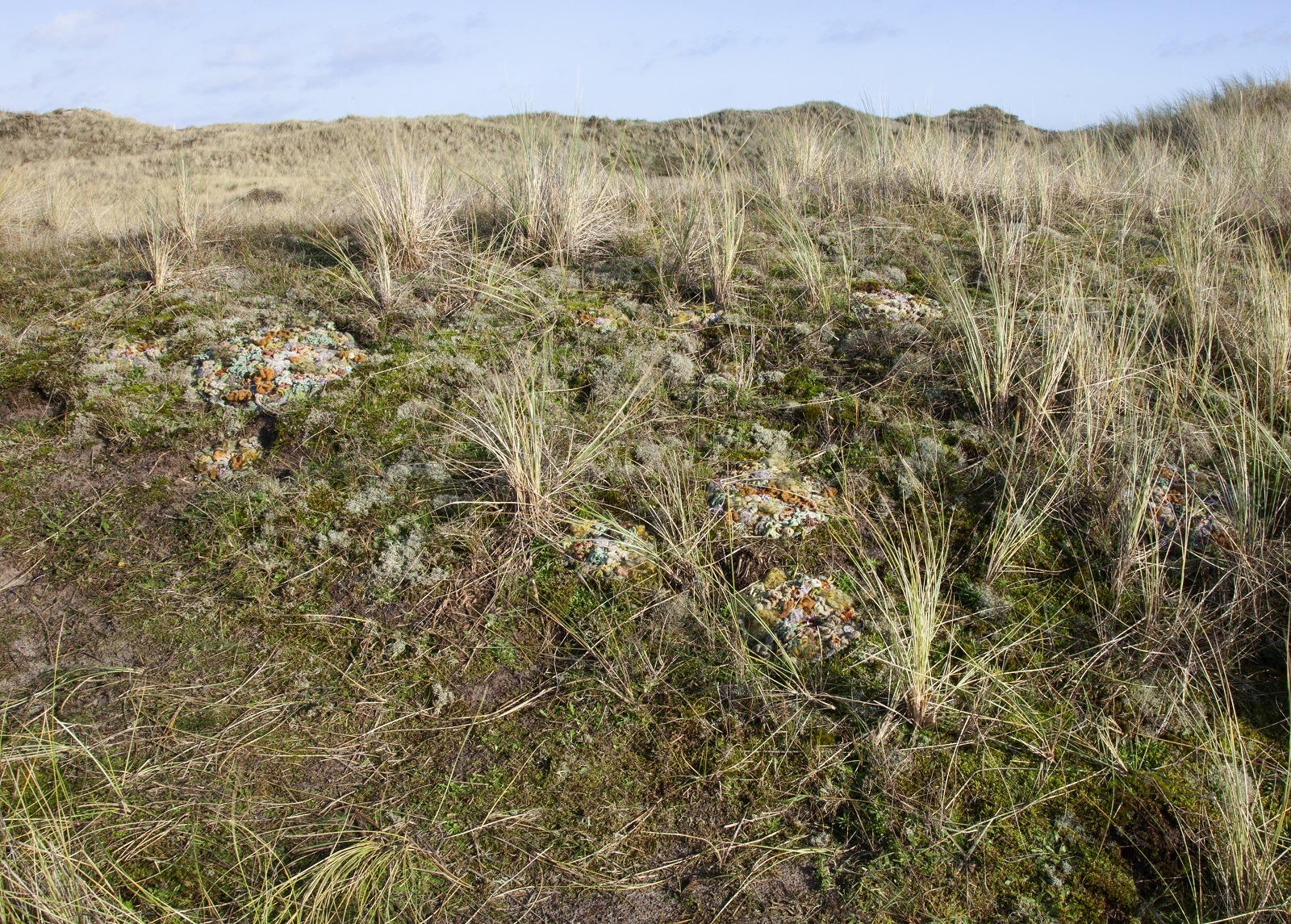
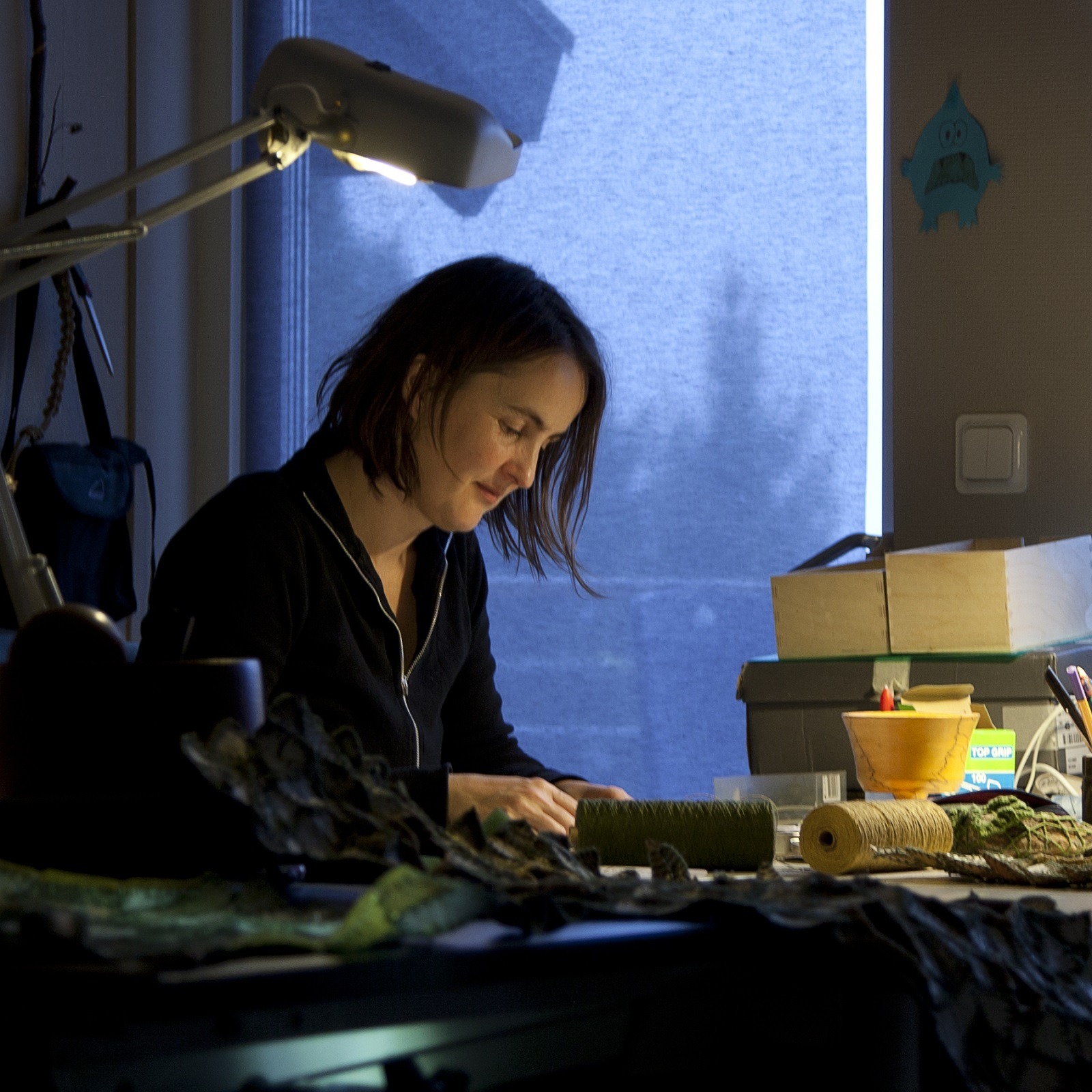
Hannah Streefkerk, from the Netherlands, was based near Gothenburg in Sweden until her tragic and untimely death in 2022. She was awarded a master’s degree in visual art from the art academies of Groningen and Maastricht and was a member of the 62 Group. Hannah used embroidery and crocheting to creating site-specific works, installations and two-dimensional works, inspired by her deep passion for nature.
Ava Roth
The foundation of everything Ava Roth makes is beeswax. Her professional interest in bees began over a decade ago when she discovered encaustic as an artistic medium.
She’s always been an environmentalist, but she came to discover the importance of bees through the lens of an artist.
Ava began relying on wax for her work and became increasingly interested in the bees themselves. On discovering the problem of Colony Collapse Disorder, her artistic expression became intertwined with her medium, and the ecological implications of her materials.
She celebrates the extraordinary work of the honey bee, paying homage to their comb, using hand worked stitches that evoke a similar intricacy and delicacy.
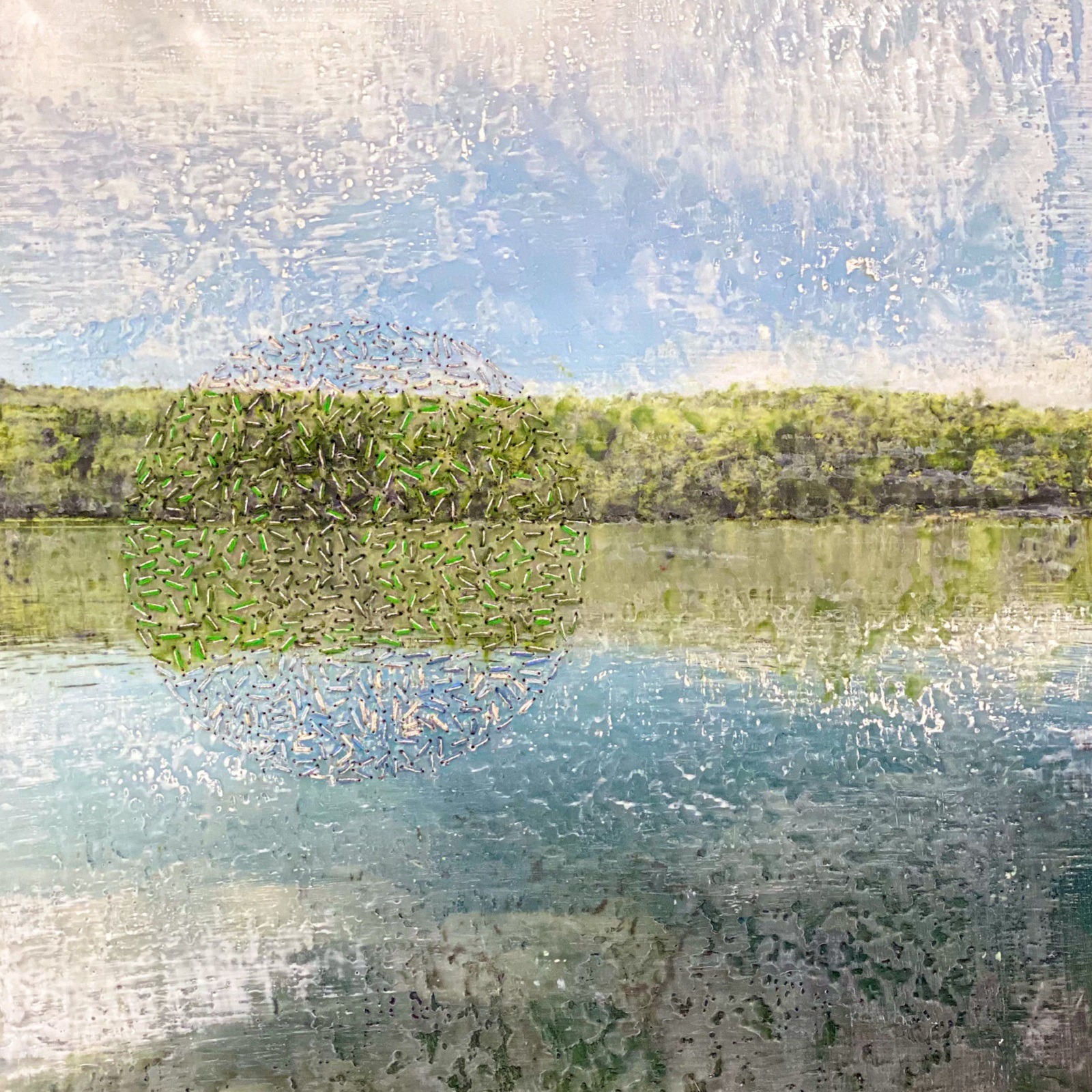
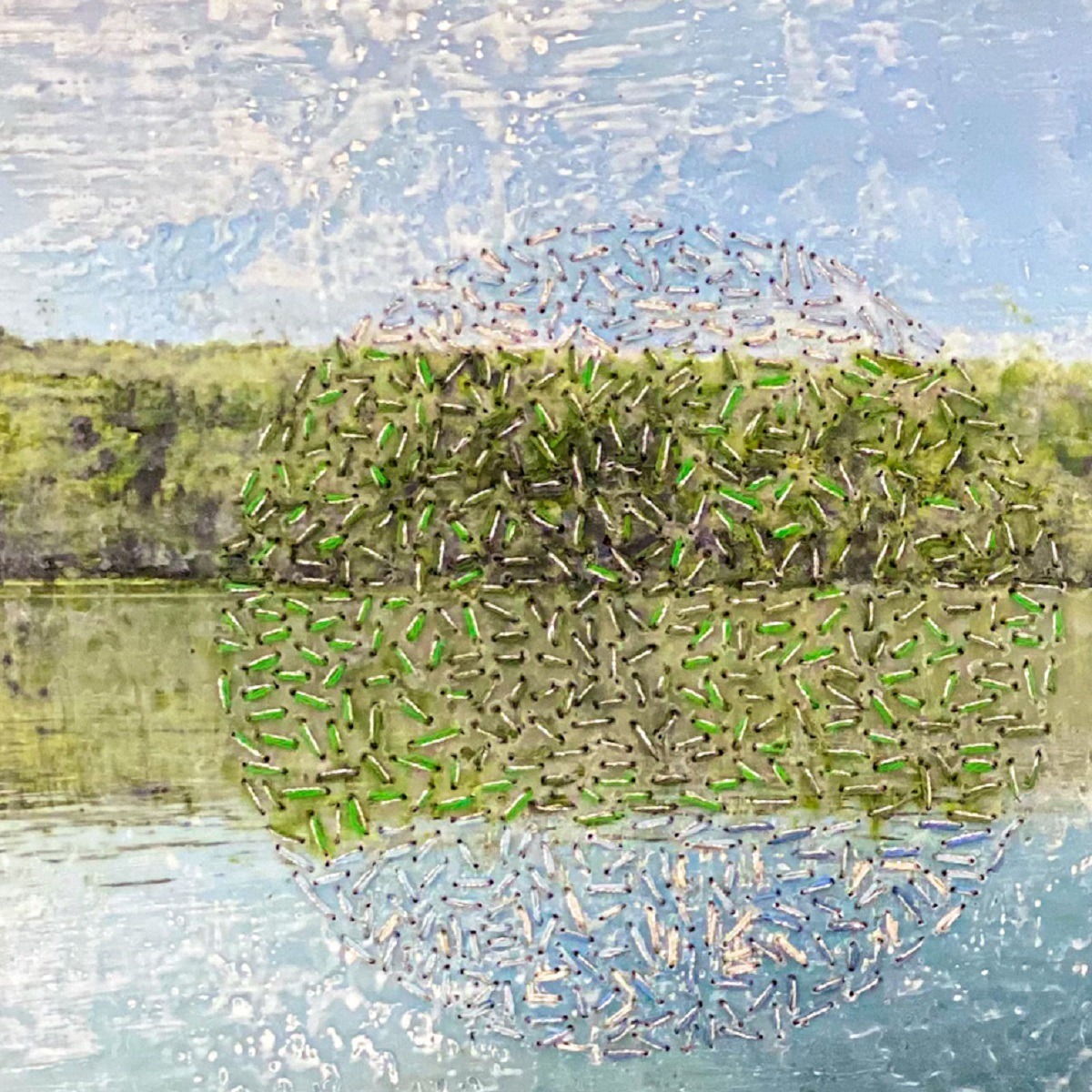
The exquisite work of bees
Her embroidered encaustic (hot wax) paintings begin in the rugged Muskoka region, a few hours north of Toronto. Immersed in nature, Ava photographs her surroundings.
She covers archival prints on natural hemp paper with an encaustic medium, painted and carefully fused with heat. Embroidery stitches embellish the surface, mimicking and celebrating the cells of honeycomb and the exquisite work of bees.
Through this work, she hopes to highlight the beauty of nature and a hopefulness for the future, at a time when many are overwhelmed with despair at the state of the climate and our role in its destruction.
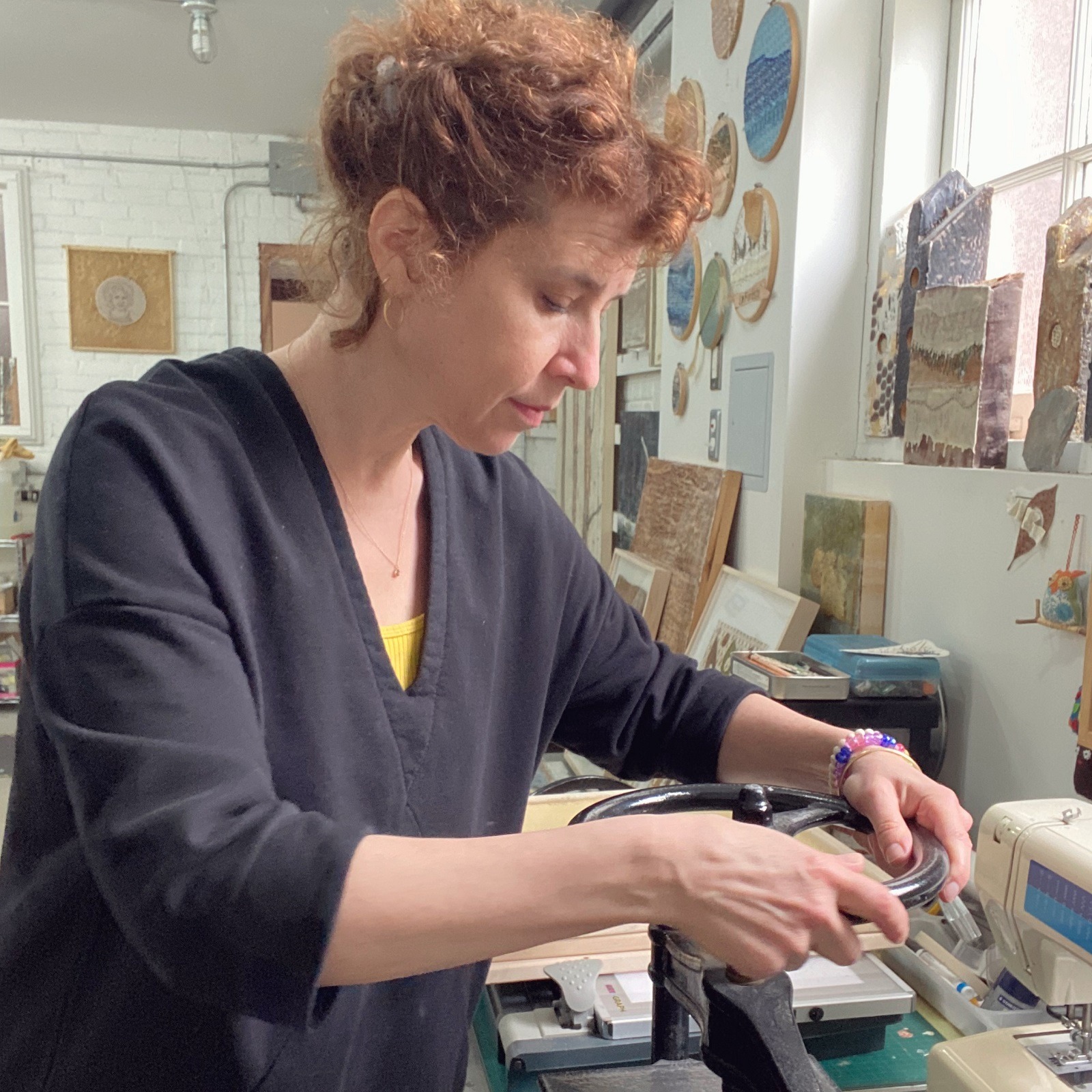
Ava Roth is a Toronto-based encaustic painter, embroiderer and mixed-media artist. She takes a holistic approach when considering concept, technique and medium. She‘s guided and inspired by the organic and local materials she relies upon, including local beeswax, reclaimed Ontario barn wood, birch bark, horsehair and the Canadian landscape.
Artist website: www.avaroth.ca
Instagram: @avarothart
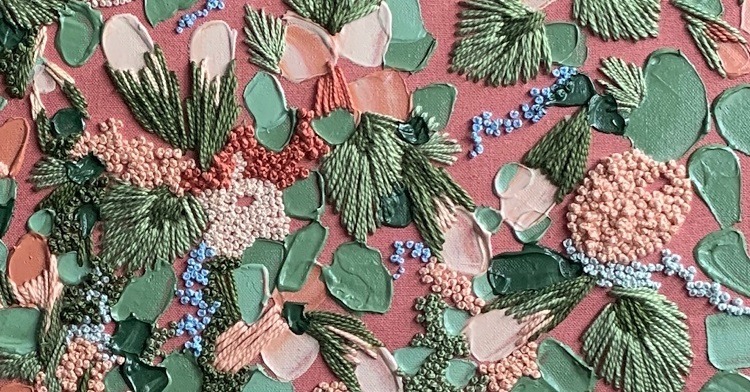
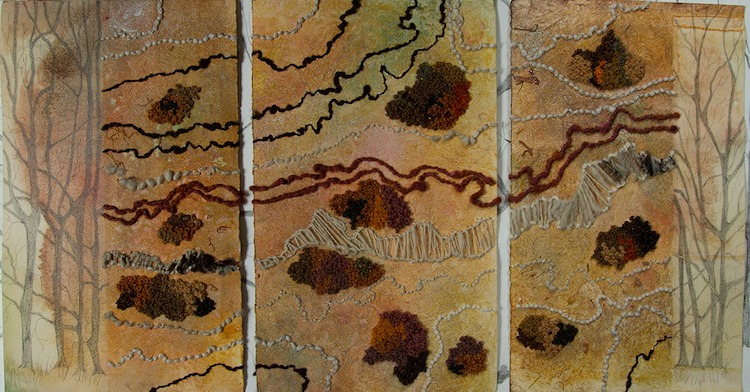
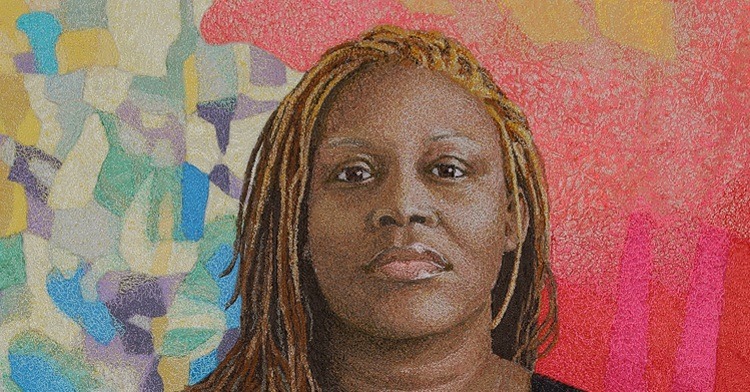
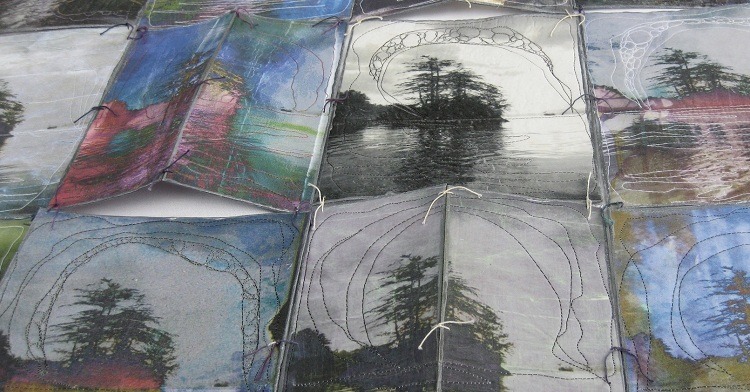
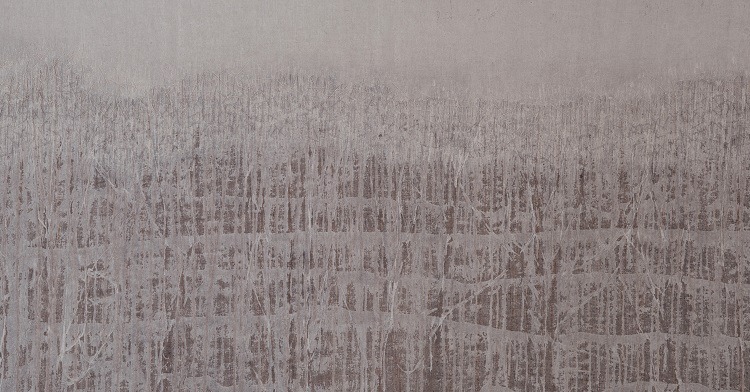
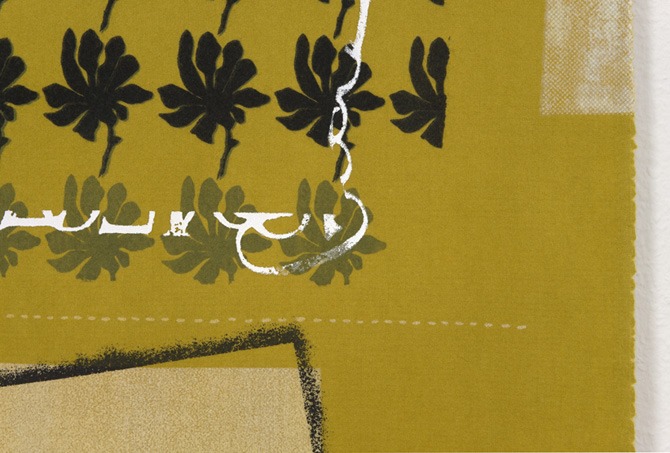
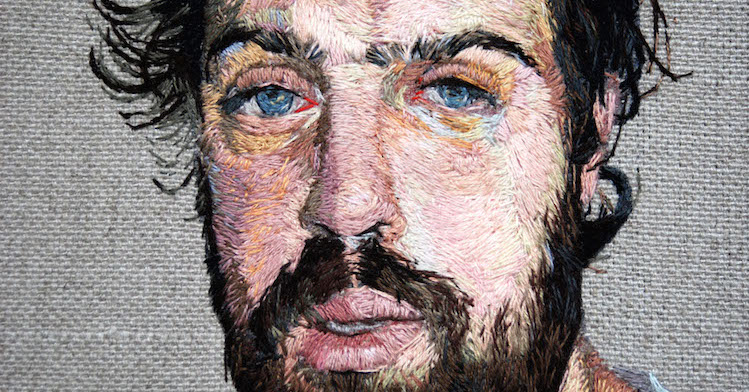
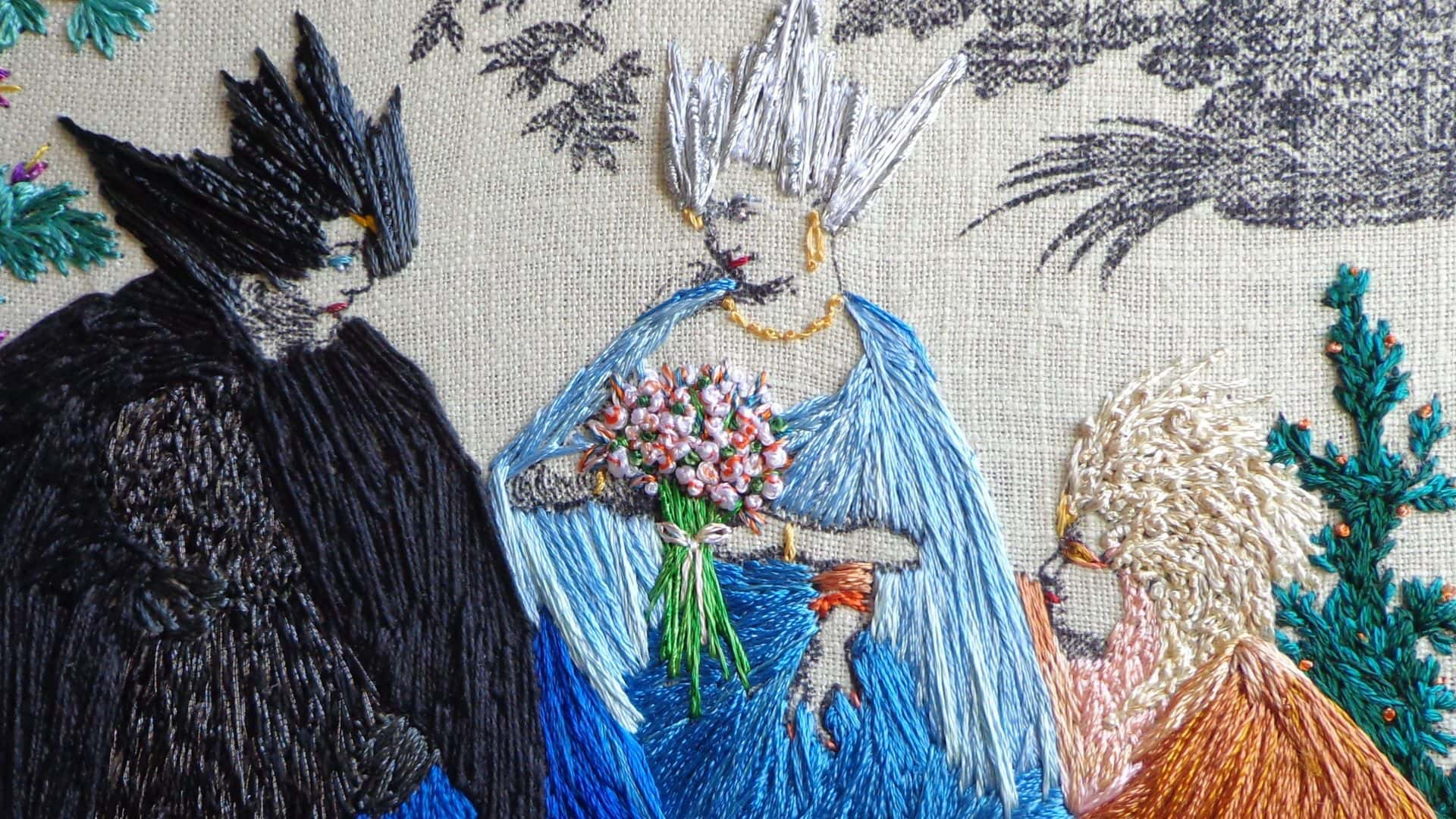
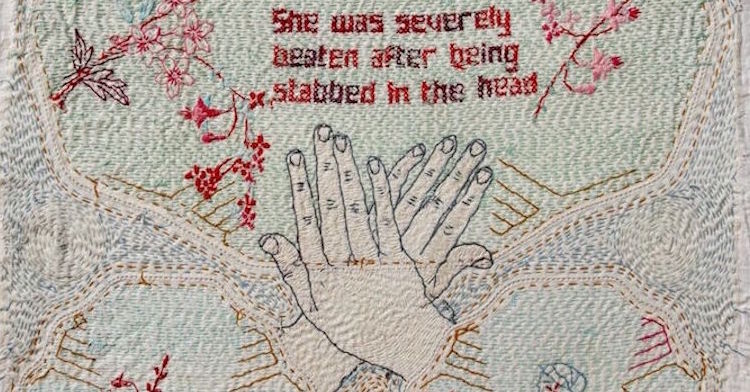
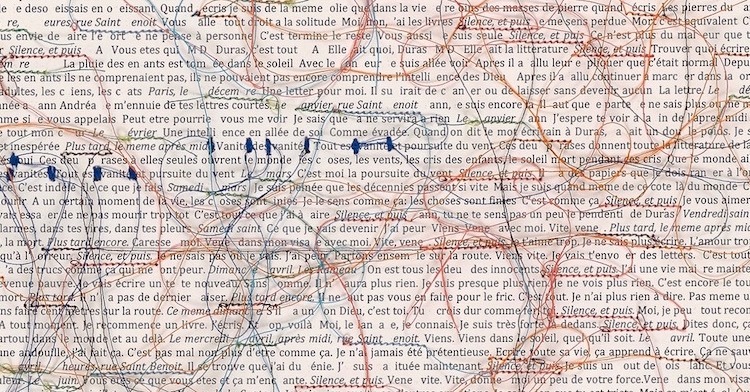
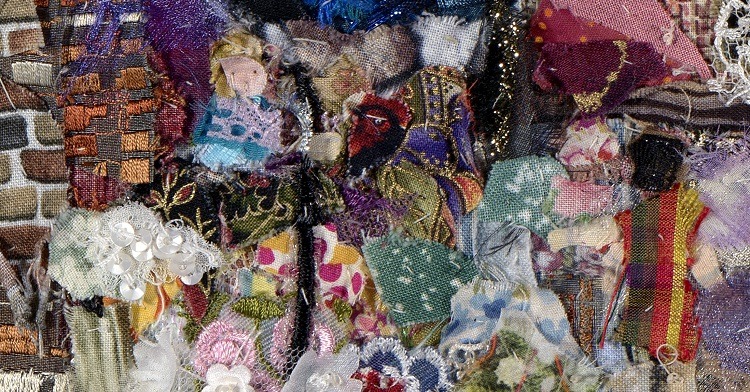
Comments